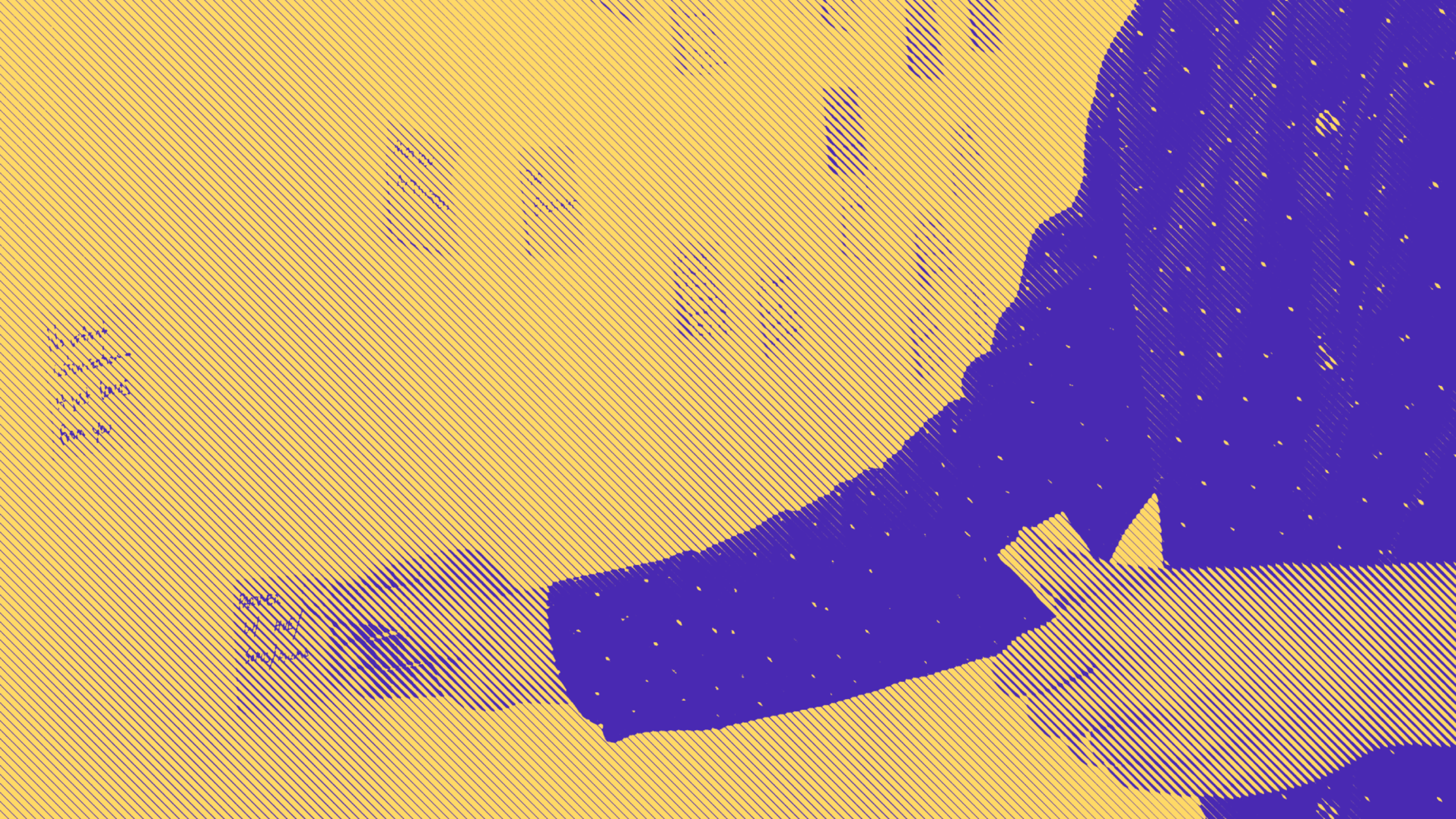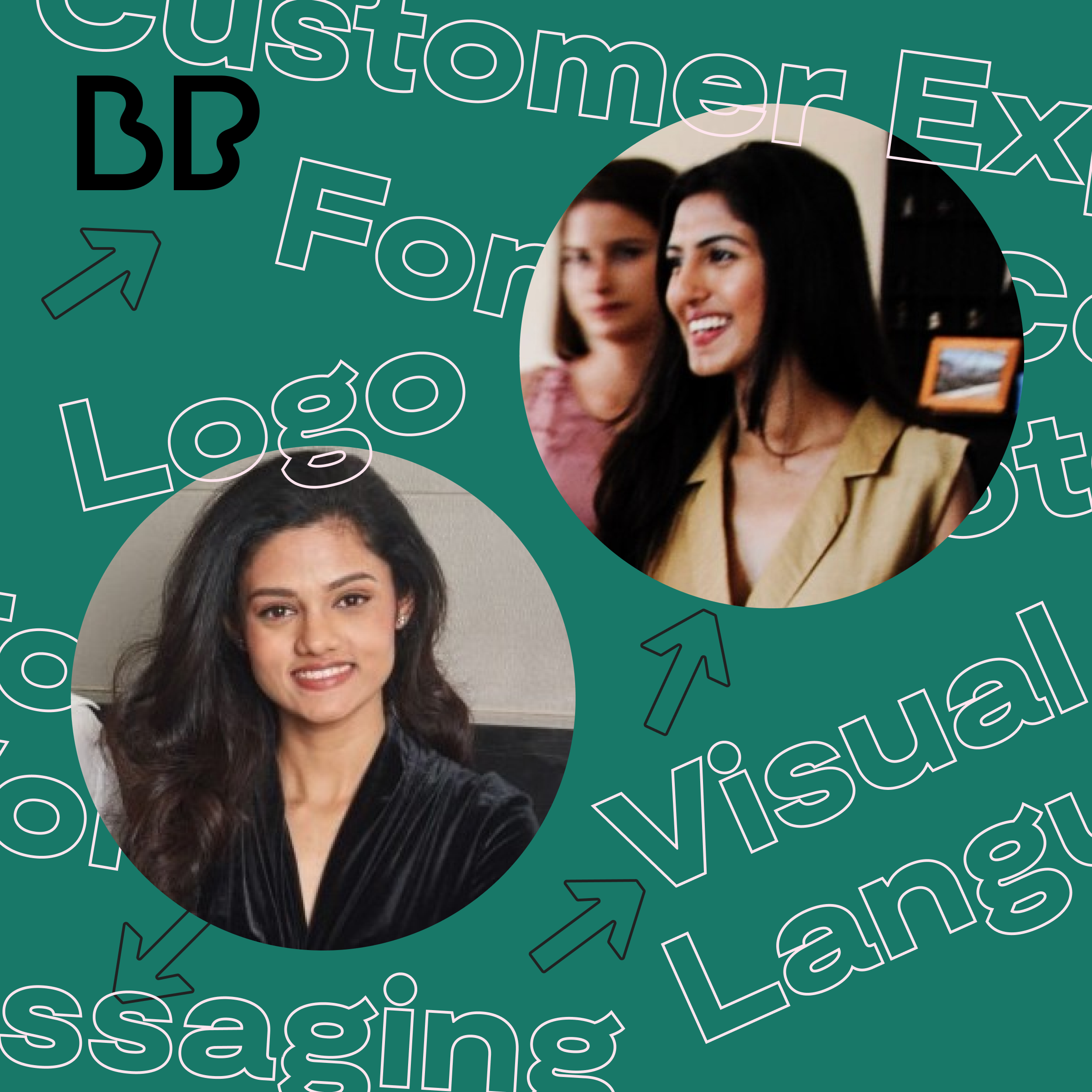How to Define the First Version of Your Digital Product


Imagine a world where there is no bias in the news we consume. For founders Priyanka Vazirani and Shannon Almeida of Volv Media, this is a reality they are creating.
As part of the series on Product Brand, Christian and Anna take a deep dive into how this Millennial news app is built while sharing the critical role brand has played in its growth from day one.
To engage more with the Better Product community, join the upcoming speaker series. It’s five weeks featuring five speakers with countless product insights starting October 28th. You can register by going to betterproduct.community/speaker-series.